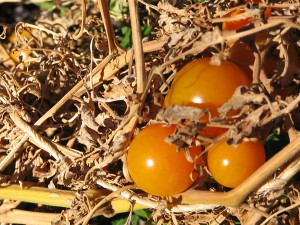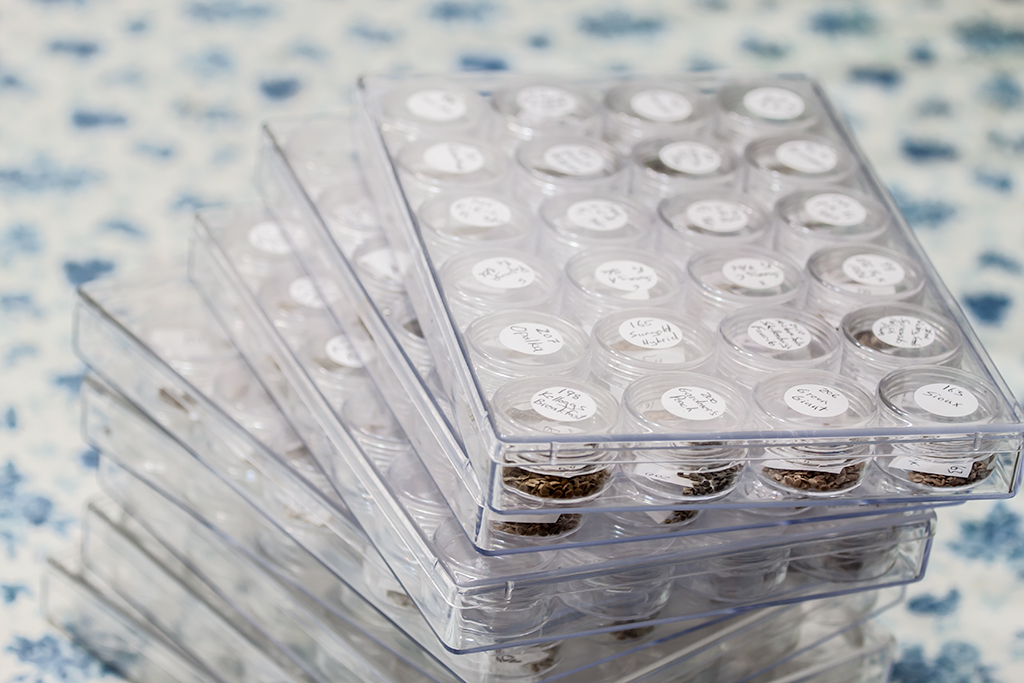 Planning which seeds to plant next spring is, in some ways, the most enjoyable activity of the year. I get to review all of my records and relive biting into each flavor and texture. I get to reread what my customers have told me and feel good about helping them. And I get to dream about new experiences and flavors to try next year. On the other hand, disposing of plants that didn’t sell because I misjudged the market is easily the least enjoyable activity of the year. I use a few different strategies to mitigate this issue, but experience and customer feedback are my most valuable assets.
Planning which seeds to plant next spring is, in some ways, the most enjoyable activity of the year. I get to review all of my records and relive biting into each flavor and texture. I get to reread what my customers have told me and feel good about helping them. And I get to dream about new experiences and flavors to try next year. On the other hand, disposing of plants that didn’t sell because I misjudged the market is easily the least enjoyable activity of the year. I use a few different strategies to mitigate this issue, but experience and customer feedback are my most valuable assets.
I’m only going to discuss tomatoes today, since I expect to be long winded enough without adding the complexities of peppers, herbs, and perennials. Don’t worry, though–peppers will have their own post, and I have exciting news about herbs coming up, too.
Having a broad selection of varieties is not only one of the core value propositions of the nursery, from a business standpoint (that is, I attract and retain customers partly by offering a broad selection including varieties no one else has), but it is also one of the core missions for which the nursery was started. I wanted to give people options that they didn’t otherwise have, to grow varieties that they didn’t otherwise have access to, untreated by chemicals.
However, there are definitely favorites among my customers, both in specific varieties and specific types of tomatoes people are always looking for. People want sweet cherry tomatoes, old fashioned, “tomatoey” cherry tomatoes, and grape tomatoes similar to the ones they find in stores. They want big beefsteaks, high producing slicers, and drier Roma types for saucing and canning. Many people ask for tomatoes with “old-fashioned” or acid flavor. Red is the runaway favorite color. Often they’ll pick up one or two oddballs with stripes or unusual coloration. And everyone wants to know my own favorite varieties, as if I could choose absolute favorites among the thousand or two varieties that I have tried over the years.
So I put together a small list of main line varieties that I grow in greater numbers than the rest. These will be my go to varieties, to fill such requests and recommend to those who are timid about trying anything too strange, or just to hand to those who are completely overwhelmed by the selection. These tomatoes have proven themselves in different local gardens across many years in the area and can be counted on to produce. Old standbys on this list include Kelloggs Breakfast (or KBX), Cherokee Purple, Sioux, Sungold, Chadwick Cherry, Marianna’s Peace, and Opalka. Newer additions to the list include Kosovo, Aunt Gertie’s Gold, Gardener’s Delight, and Beauty King.
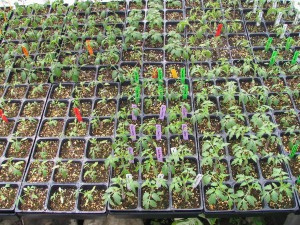 After I’ve filled all of the basic tomato types, colors, shapes, and ripening seasons in the main line, I’ll fill shadow varieties into the second line. These are varieties that fill almost the same spaces as the mainline, and even could be substituted for them in many cases. This includes Amana Orange, JD’s C-Tex, Traveler, Pink Berkeley Tie-Dye, German Johnson, and others.
After I’ve filled all of the basic tomato types, colors, shapes, and ripening seasons in the main line, I’ll fill shadow varieties into the second line. These are varieties that fill almost the same spaces as the mainline, and even could be substituted for them in many cases. This includes Amana Orange, JD’s C-Tex, Traveler, Pink Berkeley Tie-Dye, German Johnson, and others.
Third, I add in all of the types that I’m personally excited by, usually because of their potential to unseat the mainliners or fill a niche that wasn’t previously well covered. This year I’m particularly impressed by San Marzano, Santorini, Heidi, and the new dwarf indeterminates that have recently become available in every size and color from the Cross Hemisphere Dwarf project that I’ve been participating in.
Finally, I fill out all of the minor niches with greens, whites, blues, currants, hearts, etc. I also grow a number for my own trials, and often make the extras available. I’m very responsive to special requests, because either I’ve grown them, and therefore have seed already, or I haven’t, and want to know what they’re like.
Drop me a line and let me know what you’re looking for this year. We can grow it together.
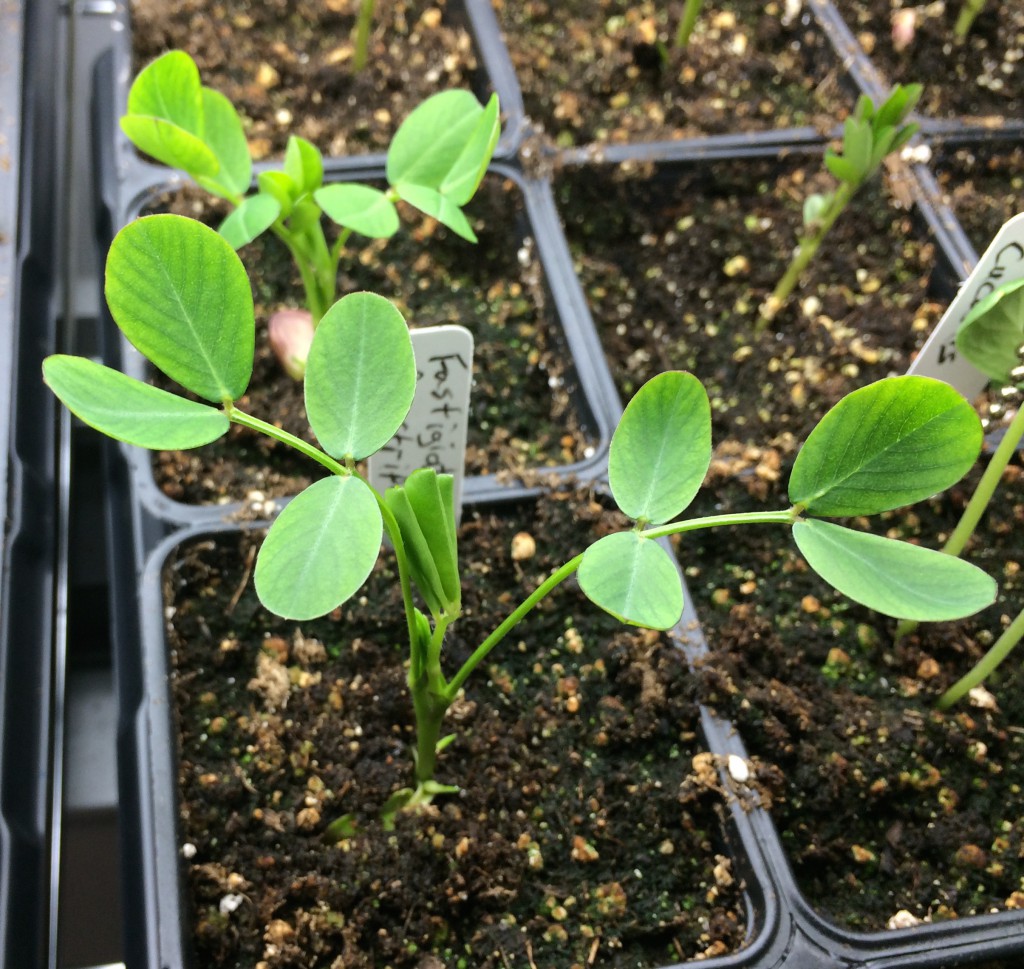 I remember growing peanuts in my grandmother’s garden as a kid. They grew like little pea plants but had nothing to show for themselves except a few small flowers, low to the ground. In the fall, though, we’d pull up the plants, and like magic, peanuts would be in amongst the roots. It seemed to me that someone must have buried them there when I wasn’t looking.
I remember growing peanuts in my grandmother’s garden as a kid. They grew like little pea plants but had nothing to show for themselves except a few small flowers, low to the ground. In the fall, though, we’d pull up the plants, and like magic, peanuts would be in amongst the roots. It seemed to me that someone must have buried them there when I wasn’t looking.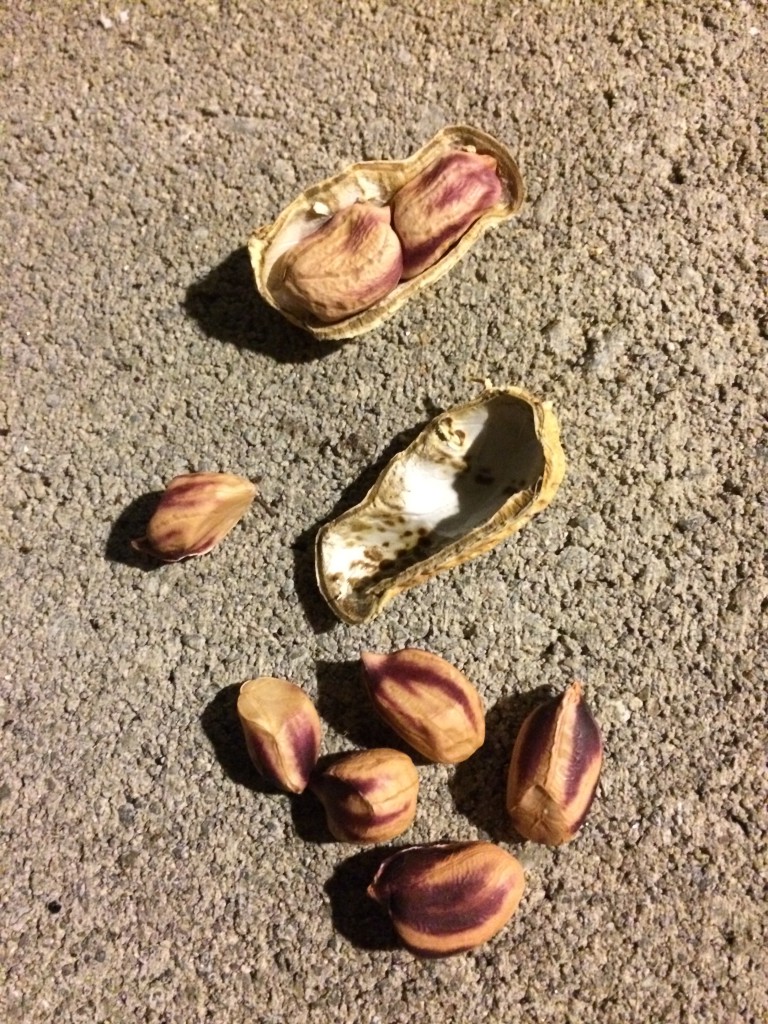 These days I like to start them early before transplanting them out when the weather warms up. They are a long season crop, and although we have sufficient summer for them, I get a better harvest by starting them early.
These days I like to start them early before transplanting them out when the weather warms up. They are a long season crop, and although we have sufficient summer for them, I get a better harvest by starting them early.

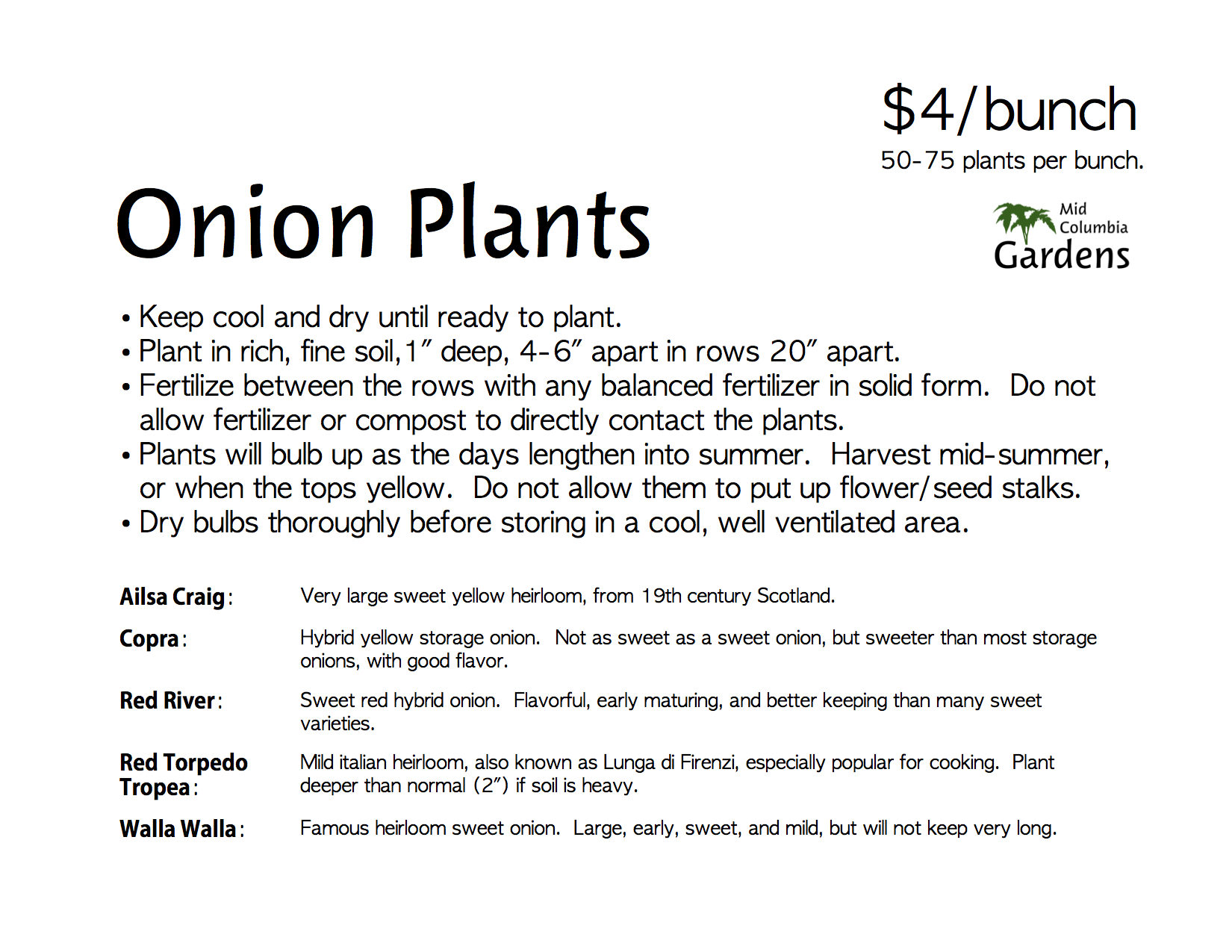
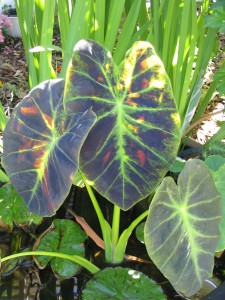
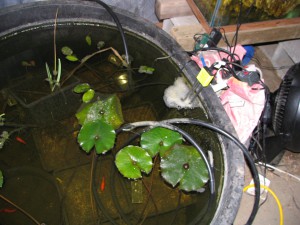
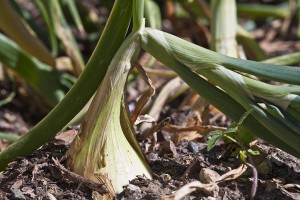
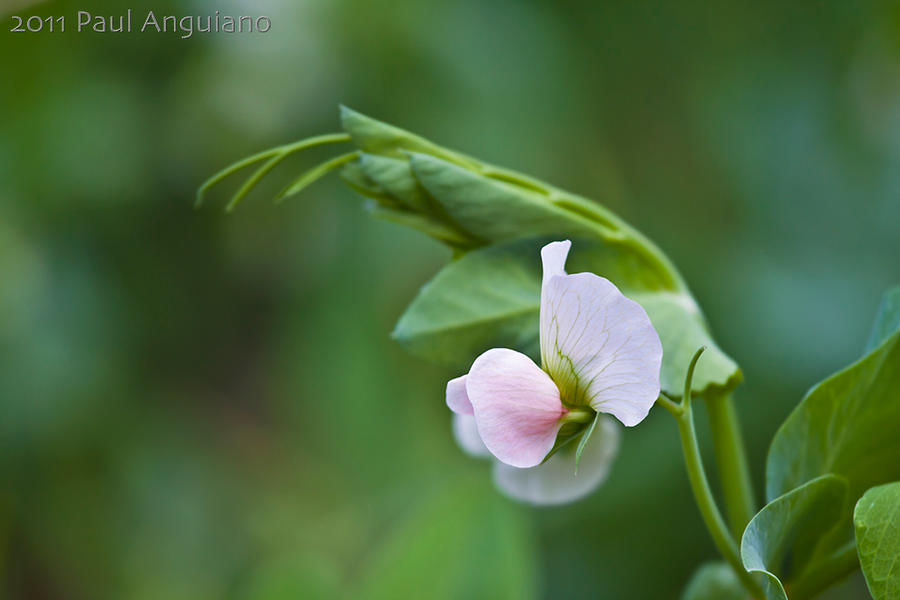 This business was started for you, dear gardener, with the hope of someday convincing everyone that they hold within themselves the capacity to grow their own food. As a member of humanity, you have inherited the need and the ability to nurture living things. This instinct will guide you whether you grew up on a farm or have never tried to care for a plant before.
This business was started for you, dear gardener, with the hope of someday convincing everyone that they hold within themselves the capacity to grow their own food. As a member of humanity, you have inherited the need and the ability to nurture living things. This instinct will guide you whether you grew up on a farm or have never tried to care for a plant before.
 After I’ve filled all of the basic tomato types, colors, shapes, and ripening seasons in the main line, I’ll fill shadow varieties into the second line. These are varieties that fill almost the same spaces as the mainline, and even could be substituted for them in many cases. This includes Amana Orange, JD’s C-Tex, Traveler, Pink Berkeley Tie-Dye, German Johnson, and others.
After I’ve filled all of the basic tomato types, colors, shapes, and ripening seasons in the main line, I’ll fill shadow varieties into the second line. These are varieties that fill almost the same spaces as the mainline, and even could be substituted for them in many cases. This includes Amana Orange, JD’s C-Tex, Traveler, Pink Berkeley Tie-Dye, German Johnson, and others.